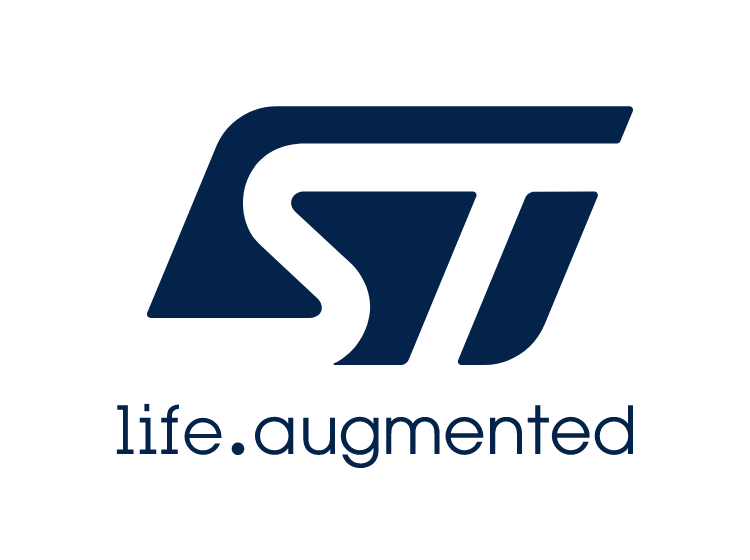Bjtpower_magic
Full Member level 1
Hello All,
I have made small mistake for SPI Communications.
i have used ADC and Isolator which is ISO7762 as shown in below architecture

When i tried to connect both ADC as 1 master and 2 slave configurations.. i dont get MISO signal,
Independent ADC SPI Communication is working fine..
I observed in datasheet:ISO7762
Output pin is in Push-pull configurations, due to which Miso response of any digital isolator is pulled by another Digital isolator, so Communication is not working.
I thought to place Diode to Digital isolator output pin so that other oscillator will not pull down MISO Signal, Can someone explain how to select diode? My SPI CLK Frequency is 13.5 MHZ
or
Can someone help how we can drive both Slaves?
I have made small mistake for SPI Communications.
i have used ADC and Isolator which is ISO7762 as shown in below architecture
When i tried to connect both ADC as 1 master and 2 slave configurations.. i dont get MISO signal,
Independent ADC SPI Communication is working fine..
I observed in datasheet:ISO7762
Output pin is in Push-pull configurations, due to which Miso response of any digital isolator is pulled by another Digital isolator, so Communication is not working.
I thought to place Diode to Digital isolator output pin so that other oscillator will not pull down MISO Signal, Can someone explain how to select diode? My SPI CLK Frequency is 13.5 MHZ
or
Can someone help how we can drive both Slaves?
